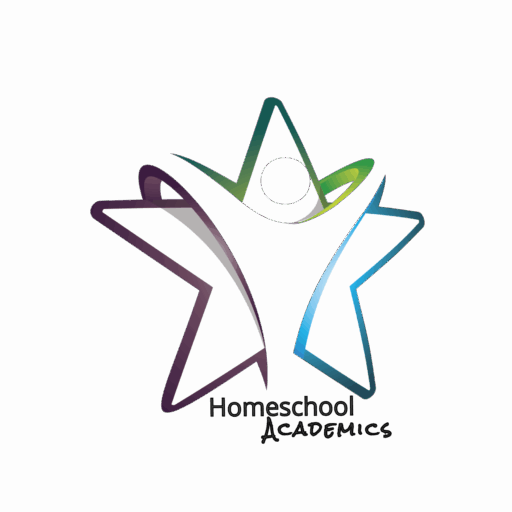Visual Processing Disorder (VPD)
Visual processing disorder (VPD) is a condition that makes it challenging to interpret visual information despite having normal or sharp vision. It’s not a physical disability of the eye but rather a deficit in the brain’s ability to process visual input.

What is Visual Processing Disorder?
Visual Processing Disorder (VPD) refers to difficulties in the brain’s ability to make sense of visual information. It’s not a problem with eyesight or how clearly a person sees, but instead with how the brain interprets the information that the eyes see. VPD can affect a person’s ability to perform visual perception tasks, including recognizing shapes, understanding spatial relationships, and processing visual details.
Visual Processing Disorder Does NOT have an Awareness Month
Visual Processing Disorder (VPD) has no Awareness Month or an Awareness Day.
Educational Tips
Communication
- Use Clear and Simple Language
- Be Direct: Use straightforward language. Avoid idioms, metaphors, or sarcasm, as they may be taken literally.
- Be Specific: Give clear instructions and expectations. Instead of saying “behave,” specify what behavior you expect (e.g., “Please sit quietly”).
- Provide Visual Supports
- Visual Aids: Use pictures, charts, or written instructions to complement verbal communication.
- Visual Schedules: Create a daily schedule with images to help students anticipate what comes next.
- Give Extra Processing Time
- Pause: After asking a question or giving instructions, give the student extra time to process the information before expecting a response.
- Repeat if Necessary: Rephrase the question or instruction if the student seems confused, but avoid overwhelming them with too much repetition.
- Be Consistent
- Routine: Maintain a consistent routine to help students feel secure and understand expectations.
- Consistency in Language: Use the same phrases or words for the same instructions or concepts to avoid confusion.
- Minimize Sensory Overload
- Calm Environment: Reduce background noise and distractions when communicating.
- Non-Verbal Cues: Be mindful of your tone of voice and body language, as students with autism may be sensitive to these cues.
- Use Positive Reinforcement
- Acknowledge Efforts: Offer praise and positive reinforcement when the student follows instructions or communicates effectively.
- Specific Praise: Be specific about what behavior or action you are praising.

What is Assistive Technology?
Assistive technology (AT) refers to devices, software, or equipment designed to help individuals with disabilities perform tasks that might otherwise be difficult or...
What is Visual Processing Disorder?
Visual Processing Disorder (VPD) refers to difficulties in the brain's ability to make sense of visual information. It’s not a problem with eyesight or how clearly a person...

